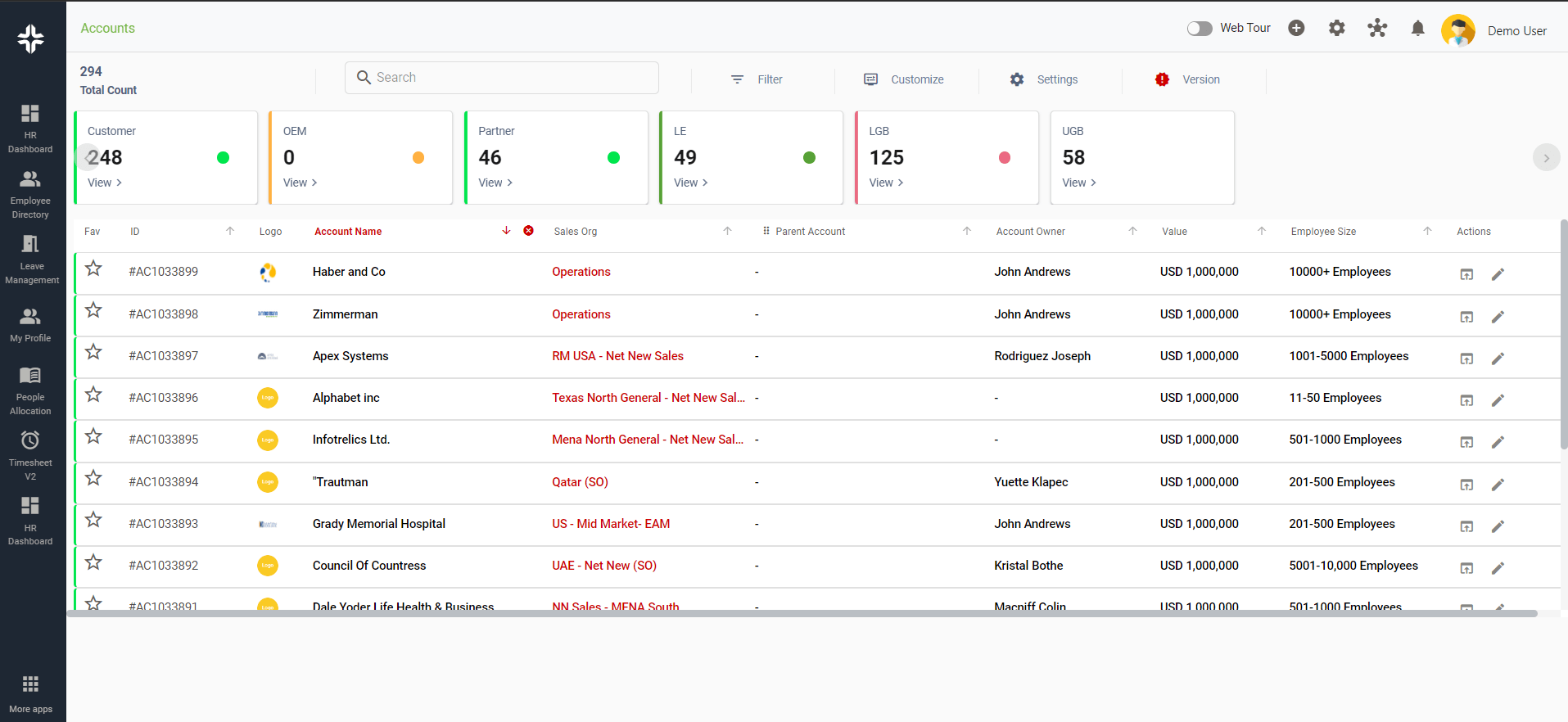Home » PSApedia
Current Accounts Receivable Ratio
Understand Your Current Accounts Receivable Ratio and Optimize Cash Flow Management.

What is the Current Accounts Receivable (AR) Ratio?
The Current Accounts Receivable (AR) Ratio, often simply referred to as the AR Ratio, is a financial metric used by businesses to evaluate their ability to collect outstanding debts from customers within a given time frame.
It provides insights into the effectiveness of a company’s credit and collection policies, indicating how well it manages its accounts receivable.
Why is the AR Ratio Important?
The AR Ratio is crucial for several reasons:
- Liquidity Assessment: It helps businesses gauge their liquidity by determining how quickly they can convert their receivables into cash.
- Credit Policy Evaluation: A higher AR Ratio might indicate that a company’s credit policies are too lenient, leading to potential cash flow issues.
- Investor and Lender Insights: Investors and lenders often review this ratio to understand a company’s financial health and its ability to manage debts.

Why Current Accounts Receivable Ratio is so important?
Calculating the AR Ratio
Formula:
AR Ratio = Net Credit Sales / Average Accounts Receivable
Example:
Let’s say a company has net credit sales of $100,000 and average accounts receivable of $20,000 for a specific period.
AR Ratio=100,000/20,000=5
This means the company collects its outstanding receivables five times during the period.
Differences: AR Ratio vs Other Financial Ratios
The AR Ratio is often compared to other financial metrics:
- AR Ratio vs Accounts Payable (AP) Ratio: While the AR Ratio focuses on money owed to a business, the AP Ratio deals with money the business owes to its suppliers.
- AR Ratio vs Quick Ratio: The Quick Ratio measures a company’s ability to meet its short-term obligations using its most liquid assets, excluding inventory.
Understanding these differences is crucial for effective financial management.
| Ratio | Purpose | Formula | Interpretation |
|---|---|---|---|
| AR Ratio | Measures efficiency of accounts receivable collection. | AR / (Total Revenue / 365) | How quickly a company collects payments from customers. |
| Current Ratio | Measures short-term liquidity. | Current Assets / Current Liabilities | Indicates a company’s ability to cover short-term obligations. Higher ratio is favorable. |
| Quick Ratio (Acid-Test) | Measures immediate liquidity. | (Current Assets – Inventory) / Current Liabilities | Similar to current ratio, but excludes inventory as it may not be as easily converted to cash. Higher ratio is favorable. |
| Debt to Equity Ratio | Measures financial leverage. | Total Debt / Shareholders Equity | Indicates the proportion of debt financing relative to equity. Lower ratio is generally preferable. |
Applications of the AR Ratio in Business
For businesses, especially in e-commerce and retail, a favorable AR Ratio can signify efficient credit policies and strong customer relationships. By optimizing this ratio, firms can improve cash flow, reduce the risk of bad debts, and enhance their financial stability, paving the way for sustainable growth.
The AR Ratio is used in various ways:
- Credit Policy Adjustments: Companies can tweak their credit policies based on the AR Ratio to ensure better cash flow.
- Performance Benchmarking: Businesses can compare their AR Ratio with industry standards or competitors to gauge performance.
- Financial Forecasting: The AR Ratio can aid in predicting future cash flows, essential for project management and planning.
Ready to Optimize Your AR Ratio?
KEBS, a leading PSA Software, offers tools that can help businesses optimize their AR processes. With features tailored for finance management, KEBS ensures that businesses maintain a healthy AR Ratio, leading to improved cash flow and financial stability. Key Features:
1. Automated Invoicing: Streamline the invoicing process, ensuring timely billing and faster payments.
2. Real-time Analytics: Get insights into your AR processes, helping in timely decision-making.
3. Integration with Accounting Tools: Ensure seamless data flow between KEBS and your accounting software, leading to accurate AR calculations.

KEBS Account Management
Ready to optimize your AR processes? Contact KEBS today or request a demo to see how KEBS can transform your financial management.



